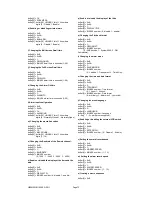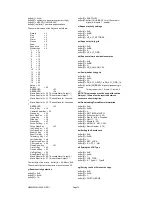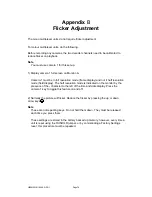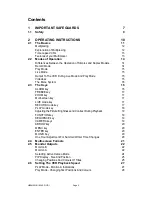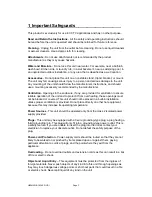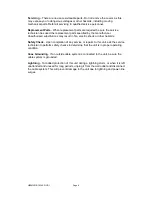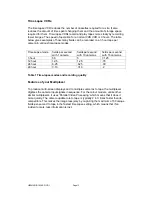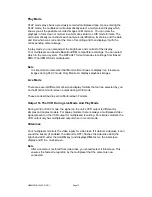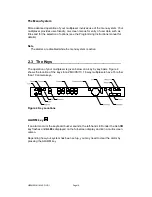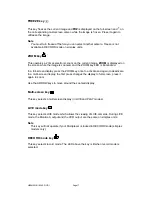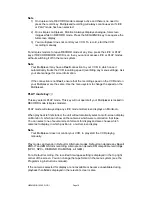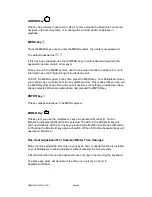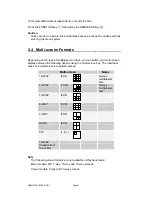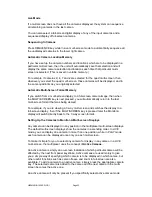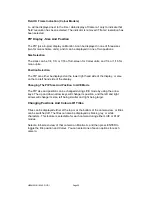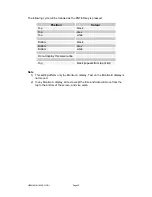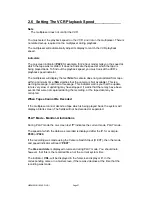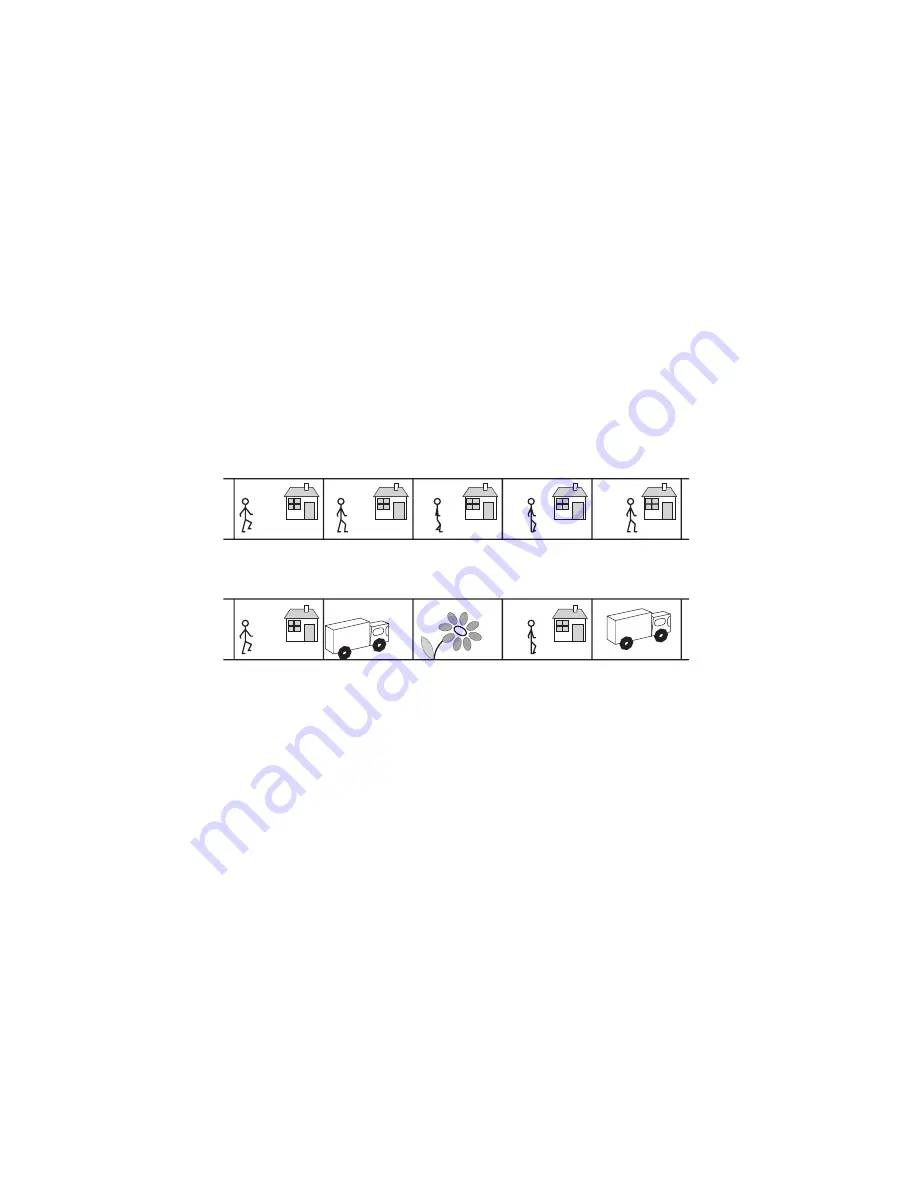
HBZMXSIB/10/16SD-OP-1
Page 12
Multiplexing
The purpose of multiplexing is to reduce the number of VCRs and cassettes required
on a site. A multiplexer gives a VCR output with the ability to record all the connected
cameras to a single VCR.
Explanation of Multiplexing
A PAL compatible TV shows a series of 25 still pictures per second (known as
frames, each made up of two fields) which give the impression of motion. Normally a
VCR would record every frame. Multiplexing (time-division-multiplexing), as done by
your multiplexer, means that the camera signals are combined as a single signal
from all the cameras, 1 picture from each and then back to the first (see Figure 2).
This gives a slightly more jerky image (a Charlie Chaplin effect) on playback and for
example, loses 9 images in 10 for 10 cameras, but means that several cameras can
be recorded on one VCR.
Trikcy BV
Trikcy BV
Camera 2 input
Cameras 1, 2 and 3 multiplexed to tape
2
2
3
2
1
2
2
2
3
2
Figure 2 Illustration of Multiplexing
Summary of Contents for ZMX/BD/10
Page 1: ...HBZMXSIB 10 16SD OP 1 Page 1 Operating Instructions ZMX BD 10 ZMX BS 10 ZMX CS 10 Multiplexers...
Page 3: ...HBZMXSIB 10 16SD PR 1 Page 2 This page is intentionally blank...
Page 5: ...HBZMXSIB 10 16SD PR 1 Page 4 This page is intentionally left blank...
Page 7: ...HBZMXSIB 10 16SD PR 1 Page 6 This page is intentionally left blank...
Page 78: ...HBZMXSIB 10 16SD OP 1 Page 2 This page is intentionally blank...
Page 80: ...HBZMXSIB 10 16SD OP 1 Page 4 This page is intentionally blank...

